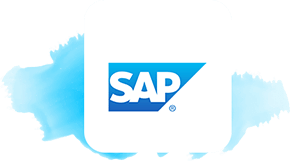Refactoring for microservices calls for granularity in approach, for maximum velocity.
Organizations need to rise above designing a microservices architecture from a purely technical point of view to account for design considerations that cater to business functions.When business requirements are divided into correct Microservices, you can achieve in separation of services among teams that cause the least amount of interdependencies both during development/deployment and ongoing maintenance.














